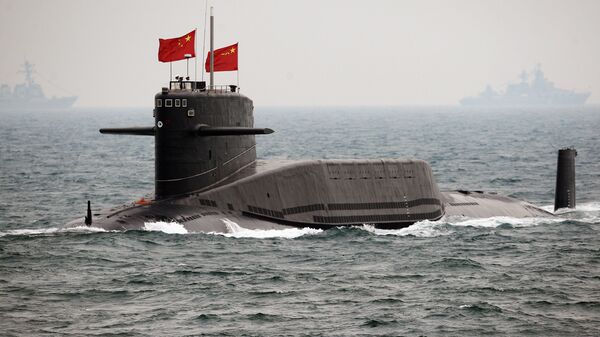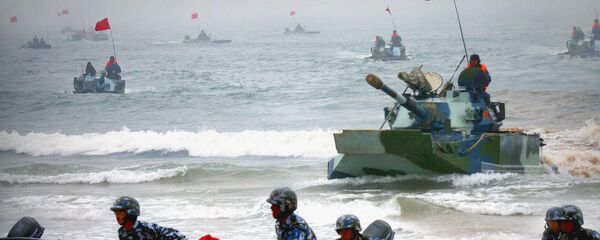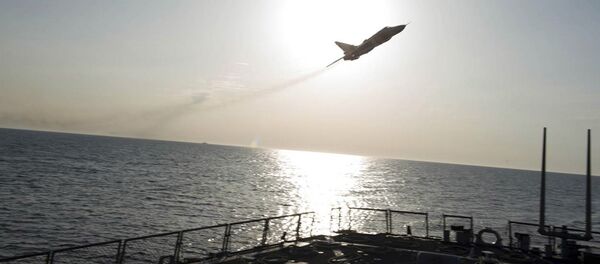On Thursday, citing Chinese military sources, The Guardian reported that China "is poised to deploy submarines with nuclear missiles into the Pacific Ocean for the first time, [Beijing] arguing that new US weapons systems have so undermined [its] existing deterrent force that it has been left with no alternative."
Speaking to Radio Sputnik about the escalating tensions over THAAD, University of Maryland public policy professor Dr. John Short suggested that Beijing does have reason to be concerned.
"They have some concern – they feel hemmed in; they feel that they are unable to push past the coastal defenses, so they do have some basis [for the nuclear submarine deployment]." At the same time, Short insisted that Beijing also realizes that the US systems are really geared against North Korea. In this regard, "it's a useful debating point for them," he said.
Asked whether Beijing's decision could result in a new arms race, Short said that the possibility definitely exists. "The Chinese have been working for a couple of decades to get their submarine fleet armed with nuclear missiles; they've had some technical problems, but this has been in the works for a while."
According to the analyst, Beijing's the decision could also open up a number of issues regarding control over nuclear weaponry. In the past, "China has kept very tight control over its nuclear arms; everything has to go through the political system…But once you have nuclear submarines in the middle of the ocean, it's generally up to the naval commanders themselves, so you're essentially pushing the responsibility away from the Politburo toward local commanders; that's a much more dangerous scenario," Short said.
Ultimately, the academic noted that even if China went ahead with deploying its weapons, the balance of power would remain in the US's favor. "The US has major super-carriers; China does not have major aircraft carriers. The number of warheads the US has is 67,000…China only has 260; so there's an asymmetry in their power."
"China's nuclear strategy is really a second strike capability; if they're attacked by other nuclear powers, they want some ability to strike back, even if it's limited. In that sense, the consequences are a sort of new arms race, because the Americans will see nuclear-powered submarines with nuclear missiles and multiple warheads in the Pacific as a direct threat."
"It's a major geopolitical hotspot which has been allowed to fester and grow – really it's one of the world's hottest geopolitical areas, similar to India and Pakistan. It really is one of the most dangerous places for world peace I think," the professor said.
Overall, Short indicated, "we have lots of small nations, coast guard, perhaps untrained military personnel right at the forefront – at border lines between fishing fleets and small patrol boats; all these conflicts can really build up very quickly." Ultimately, he noted, "it's developing into a very, very dangerous situation."






